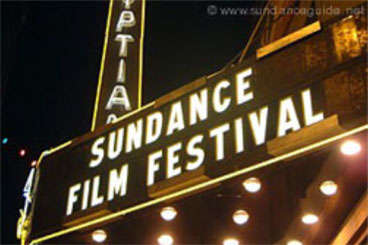How We Structured “Connected”
I’m going to the Sundance Film Festival tomorrow, where “Connected”, a film that I story consulted on, is premiering in the Documentary Competition. I’m very excited!
If you’re going to Sundance, look for New Doc Editing at the outreach table at the Filmmakers Lodge on Wednesday, 1/26, 10 a.m.-12:45 p.m. Meanwhile, I want to share with you the contents of a cool flyer we’ll have at the booth, which tells how we structured the documentary “Connected” (connectedthefilm.com), directed by Tiffany Shlain.
Story Consultant Gets Excited.
When I first watched an early assembly cut for Tiffany Shlain’s documentary “Connected”, my story consulting neurons lit up. I saw that she had the makings of a riveting story, beginning with a classic inciting incident: a frightening medical diagnosis. (If you haven’t sent “Connected” yet, don’t worry, I won’t give away the ending here.) But the storyline needed a well-defined quest, the rich historical concepts in her film were not tethered to a central thesis and, as she was painfully aware, the cut seemed like two separate films.
Our First Task: Define the Quest.
Our first task was to strengthen Shlain’s personal story. As the protagonist of her own story, her character “Tiffany” needed a desire, or goal, to provide narrative focus. She looked into her past and discovered her desire to film her father (a seemingly straightforward desire that became plagued with obstacles, and thus qualified as a “quest”). We charted Tiffany’s character transformation with the help of two back-stories, a midpoint that revealed her first sign of change, and a powerful denouement that showed her transformation.
The Joy of Collaboration.
The joy of working with the director like Shlain was that once I explained what kind of scene was needed to advance the story, she would mine her memory and then announce, “I have an idea!” Invariably, the scene she described was true to life (not contrived) and soundly fit the requirements of the particular narrative device we were developing. We collaborated to craft several scenes, including a second act reversal and a surprise climax scene that often moves audiences to tears.
Finding the Single, Central Question.
Our second major task was giving the rich ideas in her film a cohesive structure. With help from Shlain’s husband, co-writer Ken Goldberg, we crafted a complex essay structure (dubbed the “idea film”) that revolved around a single central question: how can humans use their increasing ability to connect to solve global crises?
It Gets Worse Before It Gets Better.
I recommended that Shlain exacerbate her initial problem of “it feels like two films” by editing the two structures separately- the personal story (Tiffany’s quest and character transformation) and the topic-based essay film (structured around the central question). This allowed us to ensure that both the character arc and the essay were well-structured on their own, without the confusion of trying to combine the two.
Our Final Herculean Task.
Our final task, of course, was to wed the two films into a cohesive documentary. We implored a number of transition devices, including narration, animation, sound effects and music stings. Shlain and her editorial staff (including her co-editor Dalan McNabola and co-writers Carlton Evans and Sawyer Steele) crafted narration and edited images to create seamless transitions. I’m honored to have collaborated with Shlain and her talented team on a riveting and film that inspires viewers!
—
If you haven’t gotten our free E-book “Documentary Editing” yet, you can still get it at:
https://newdocediting.com/land/documentary-editing/
This free gift expires at the end of the Sundance Film Festival.
